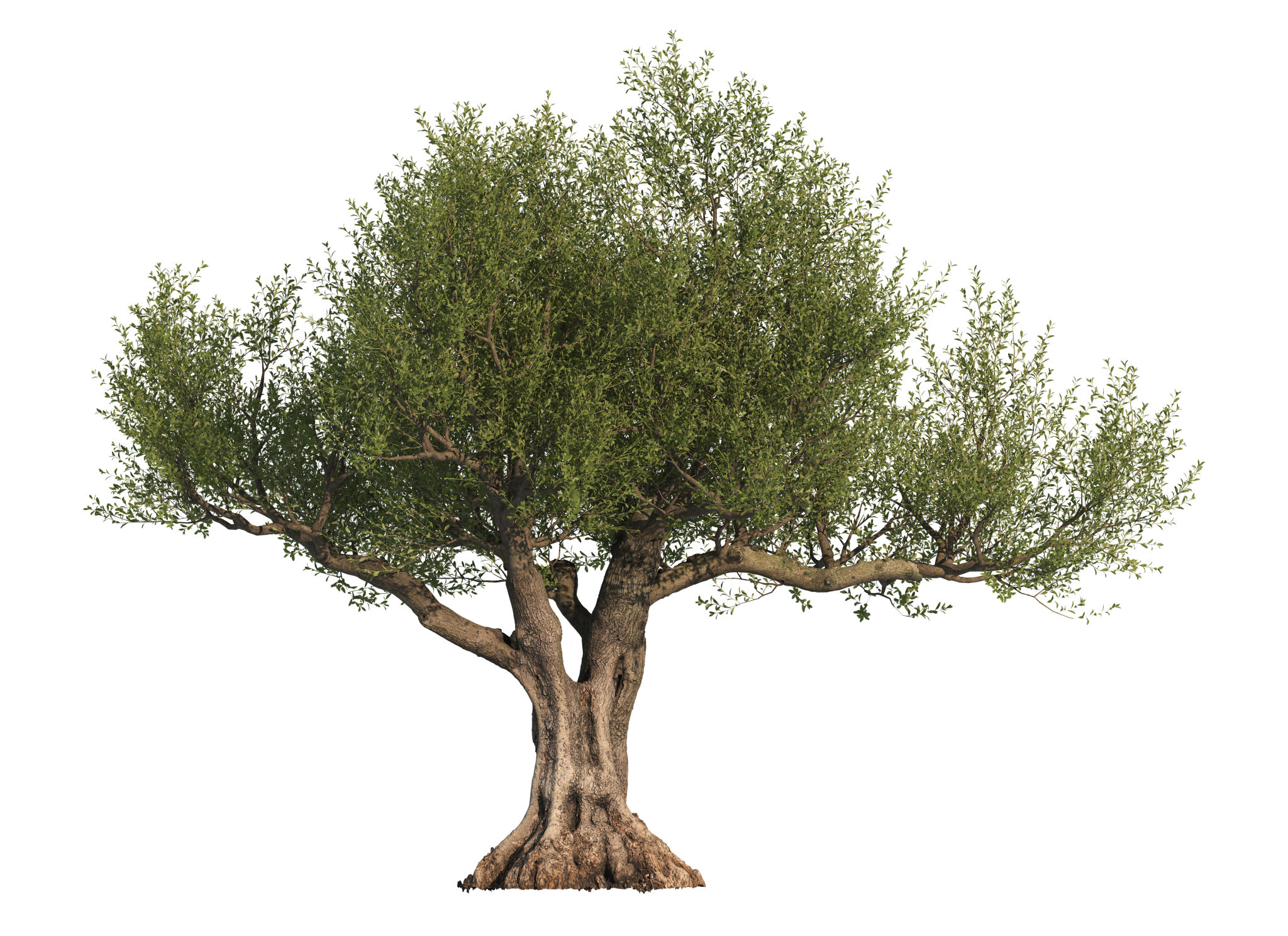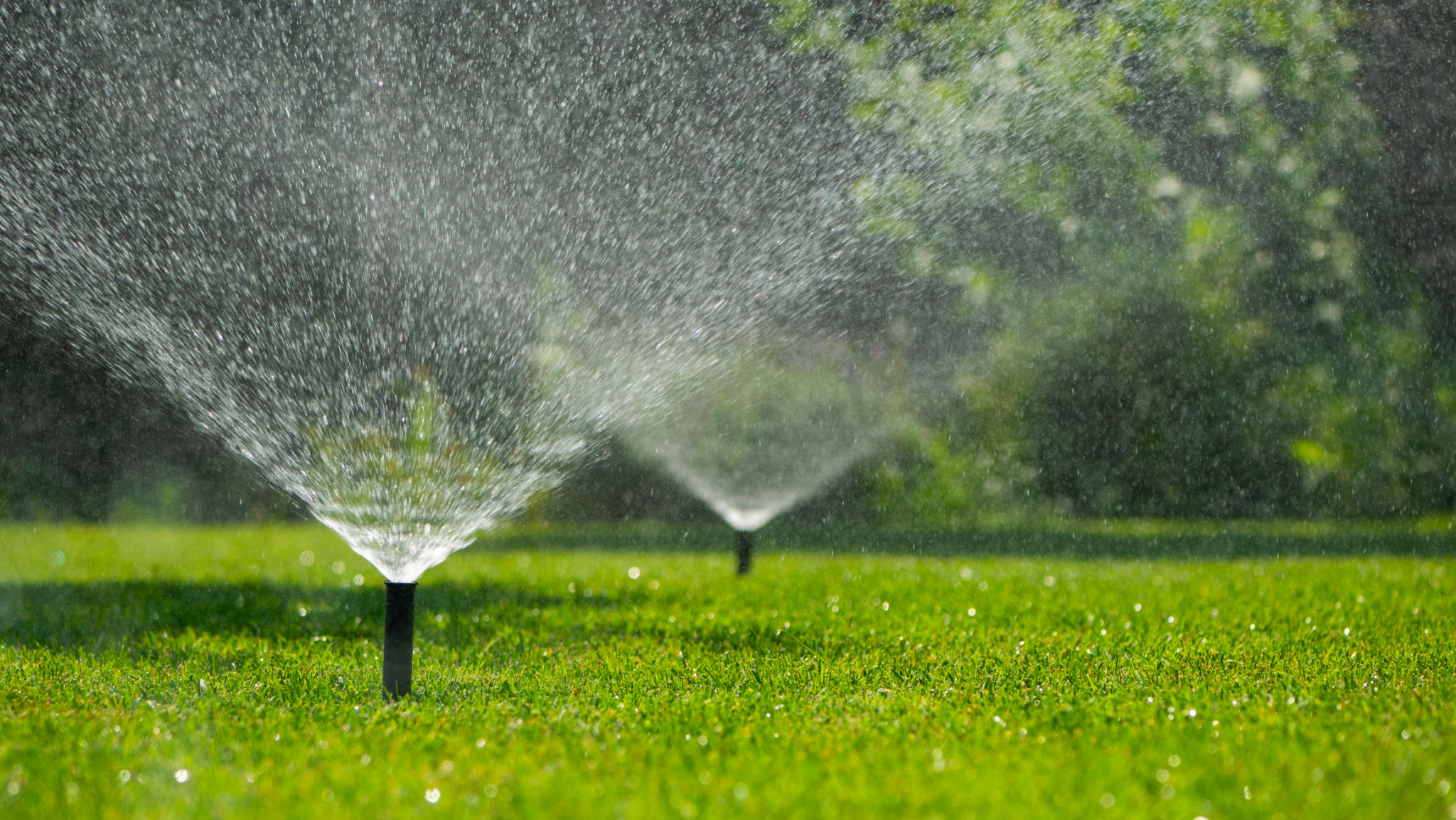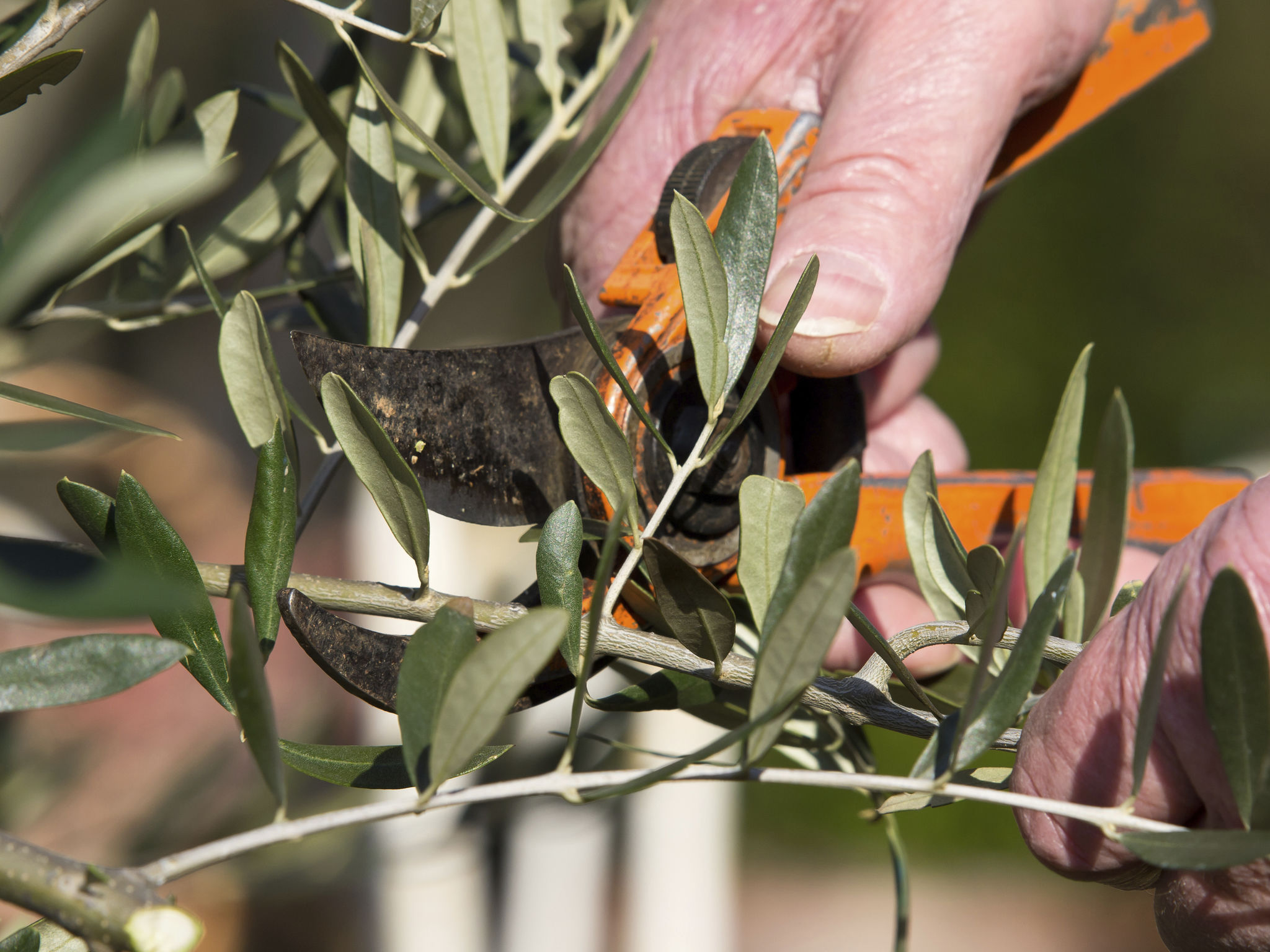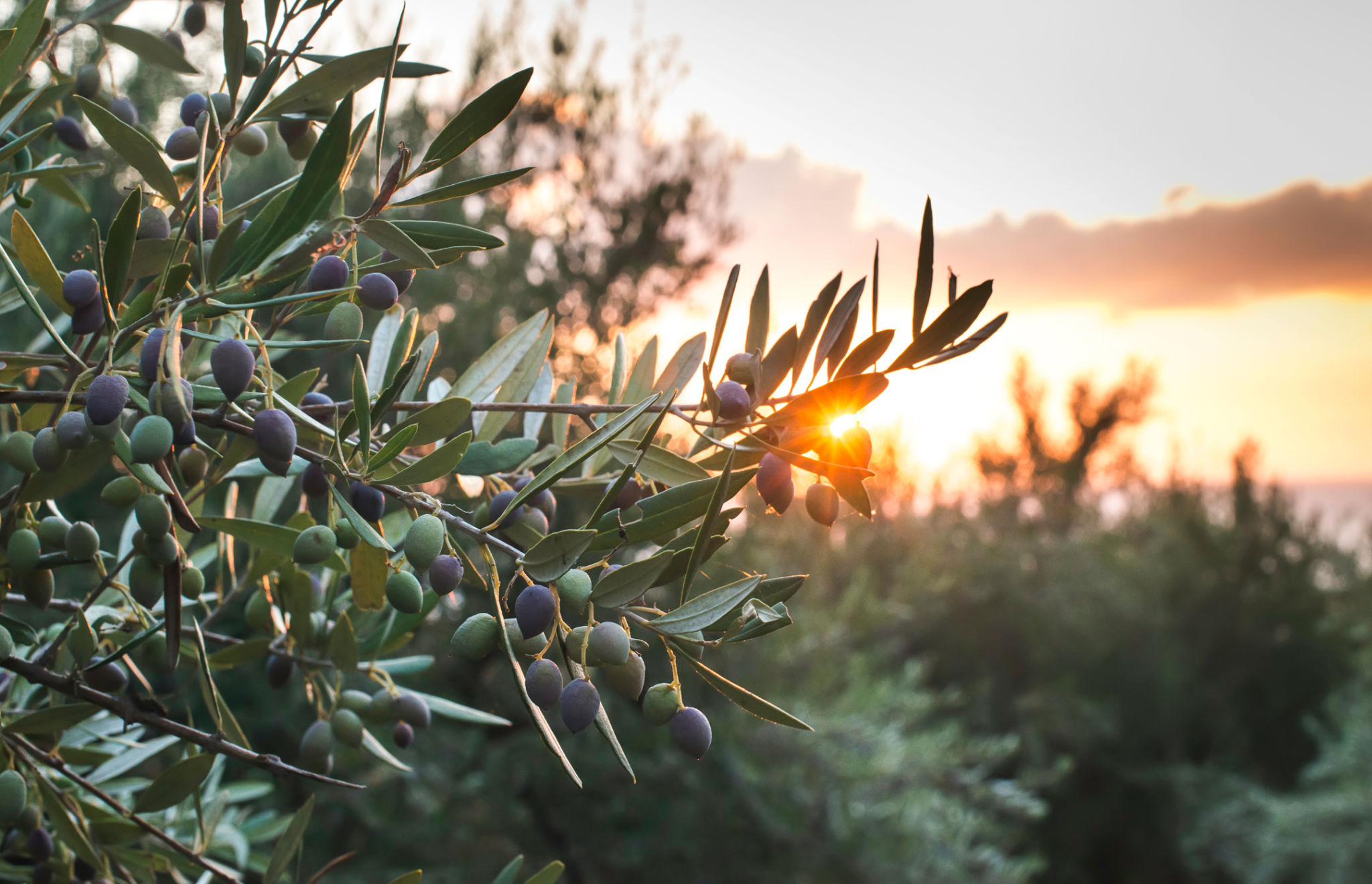Step-by-Step: How to Start Your Own Olive Orchard
Understanding the Basics of Olive Cultivation
Starting your own olive orchard is an exciting venture that combines agricultural skill with a passion for olives. Before you plant your first tree, it's important to understand the basics of olive cultivation. Olives thrive in Mediterranean climates, so ensure your location has hot, dry summers and mild, wet winters. Additionally, olives prefer well-drained, sandy-loam soils with a pH between 6 and 8.
Choosing the right variety of olive is critical. There are numerous types, each suited to specific climates and oil or table production. Consider consulting with local agricultural experts to select a variety that will flourish in your area.

Preparing Your Land
Once you've selected a suitable site and olive variety, it's time to prepare your land. Land preparation involves clearing existing vegetation, testing and amending the soil as necessary, and planning your orchard layout. A typical layout may feature trees planted in rows with adequate spacing for air circulation and sunlight exposure.
It's also crucial to install an efficient irrigation system, as young olive trees require consistent watering until they are well established. Drip irrigation is often recommended for its water efficiency and effectiveness in delivering moisture directly to the roots.

Planting Your Olive Trees
Planting typically occurs in the spring or fall when the weather is mild. Dig holes that are twice the size of the root ball of your young trees, ensuring they are deep enough to accommodate the roots comfortably. Place each tree into its hole, backfill with soil, and water thoroughly.
After planting, consider mulching around the base of each tree to help retain moisture and suppress weeds. Regular monitoring during the first few years is essential, as young trees are particularly vulnerable to pests and diseases.
Caring for Your Orchard
Proper care and maintenance are vital for a successful olive orchard. Regular pruning helps to remove dead or diseased branches and encourages healthy growth. Fertilization should be conducted based on soil tests and tailored to meet the nutritional needs of your trees.

Pest and disease management is another critical aspect. Implementing integrated pest management (IPM) strategies can help maintain a healthy orchard while minimizing chemical use. Always remain vigilant for signs of common issues like olive fruit fly or fungal infections.
Harvesting and Processing
After several years of nurturing, your olive trees will be ready for their first harvest. The timing of harvest depends on the variety and desired product (oil or table olives). For oil production, olives are typically harvested when they are half green and half purple.
Processing your olives promptly after harvest is essential to maintain quality. For oil production, this involves crushing the olives to extract oil, while table olives require curing through various methods such as brining or dry curing.

Marketing Your Olive Products
Once you have a product ready to sell, marketing becomes a key focus. Building a brand that emphasizes quality and authenticity can differentiate your products in the marketplace. Consider local farmers' markets, specialty food stores, or online platforms as potential sales channels.
Engaging storytelling about your orchard’s journey can also captivate consumers. Highlight what makes your olives unique, whether it be sustainable practices, a rich family history, or superior taste profiles.